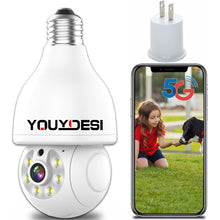2. Camera Malfunction: If only one analog camera is malfunctioning, the issue likely stems from a software freeze within the camera itself. This is primarily caused by issues with the reset circuitry. Powering off and rebooting usually resolves this problem.
3. Power Interference in Transmission Lines: Power interference, such as mingling with alternating current on video transmission lines, can lead to the charging of electrolytic capacitors within the surveillance camera's head and distributor. This can obstruct the video signal output. In such cases, it's advisable to seek assistance from after-sales support.
4. Reversed Wiring or Inadequate Cable Thickness: During installation, it's crucial to follow proper wiring practices and use an ohmmeter to measure camera input voltage and current. Reversed wiring or using overly thin cables can result in excessive voltage drop, preventing the analog camera from starting.
5. Reset Circuit Issues: When the reset circuit experiences problems, a simple solution involves powering off the surveillance system and then restarting it. This action should help the reset circuit return to normal operation.
6. IP Conflicts: Similar to IP conflicts in computer networks, IP conflicts can occur in surveillance systems. In such cases, reassigning IP addresses or configuring the system to obtain IP addresses automatically can resolve the issue. A different IP address can often resolve the problem.
7. VGA Cable Problems: The issue might be related to a faulty VGA cable, which could be due to loose connections, damage, or wear and tear. It's essential to inspect the cable for any loose connections. If you find any, secure them tightly. If the cable is damaged, replacing it with a new VGA cable should rectify the problem.
Remember to apply these troubleshooting steps not only to analog cameras but also to modern surveillance solutions like light bulb cameras and wireless cameras to ensure a smooth and uninterrupted monitoring experience.










